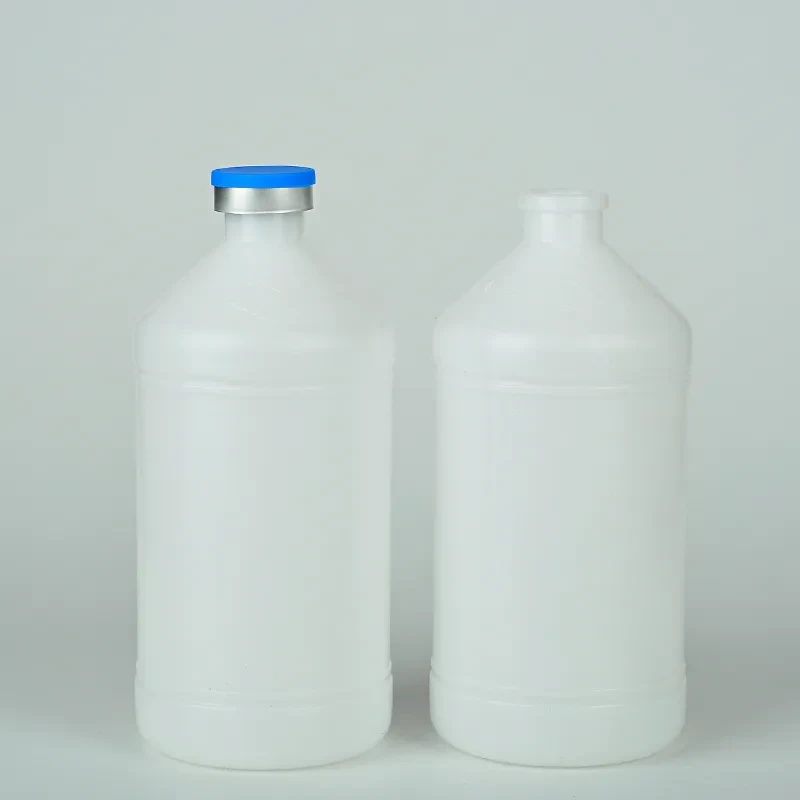
-
 Afrikaans
Afrikaans -
 Albanian
Albanian -
 Amharic
Amharic -
 Arabic
Arabic -
 Armenian
Armenian -
 Azerbaijani
Azerbaijani -
 Basque
Basque -
 Belarusian
Belarusian -
 Bengali
Bengali -
 Bosnian
Bosnian -
 Bulgarian
Bulgarian -
 Catalan
Catalan -
 Cebuano
Cebuano -
 Corsican
Corsican -
 Croatian
Croatian -
 Czech
Czech -
 Danish
Danish -
 Dutch
Dutch -
 English
English -
 Esperanto
Esperanto -
 Estonian
Estonian -
 Finnish
Finnish -
 French
French -
 Frisian
Frisian -
 Galician
Galician -
 Georgian
Georgian -
 German
German -
 Greek
Greek -
 Gujarati
Gujarati -
 Haitian Creole
Haitian Creole -
 hausa
hausa -
 hawaiian
hawaiian -
 Hebrew
Hebrew -
 Hindi
Hindi -
 Miao
Miao -
 Hungarian
Hungarian -
 Icelandic
Icelandic -
 igbo
igbo -
 Indonesian
Indonesian -
 irish
irish -
 Italian
Italian -
 Japanese
Japanese -
 Javanese
Javanese -
 Kannada
Kannada -
 kazakh
kazakh -
 Khmer
Khmer -
 Rwandese
Rwandese -
 Korean
Korean -
 Kurdish
Kurdish -
 Kyrgyz
Kyrgyz -
 Lao
Lao -
 Latin
Latin -
 Latvian
Latvian -
 Lithuanian
Lithuanian -
 Luxembourgish
Luxembourgish -
 Macedonian
Macedonian -
 Malgashi
Malgashi -
 Malay
Malay -
 Malayalam
Malayalam -
 Maltese
Maltese -
 Maori
Maori -
 Marathi
Marathi -
 Mongolian
Mongolian -
 Myanmar
Myanmar -
 Nepali
Nepali -
 Norwegian
Norwegian -
 Norwegian
Norwegian -
 Occitan
Occitan -
 Pashto
Pashto -
 Persian
Persian -
 Polish
Polish -
 Portuguese
Portuguese -
 Punjabi
Punjabi -
 Romanian
Romanian -
 Russian
Russian -
 Samoan
Samoan -
 Scottish Gaelic
Scottish Gaelic -
 Serbian
Serbian -
 Sesotho
Sesotho -
 Shona
Shona -
 Sindhi
Sindhi -
 Sinhala
Sinhala -
 Slovak
Slovak -
 Slovenian
Slovenian -
 Somali
Somali -
 Spanish
Spanish -
 Sundanese
Sundanese -
 Swahili
Swahili -
 Swedish
Swedish -
 Tagalog
Tagalog -
 Tajik
Tajik -
 Tamil
Tamil -
 Tatar
Tatar -
 Telugu
Telugu -
 Thai
Thai -
 Turkish
Turkish -
 Turkmen
Turkmen -
 Ukrainian
Ukrainian -
 Urdu
Urdu -
 Uighur
Uighur -
 Uzbek
Uzbek -
 Vietnamese
Vietnamese -
 Welsh
Welsh -
 Bantu
Bantu -
 Yiddish
Yiddish -
 Yoruba
Yoruba -
 Zulu
Zulu
Five Key Applications for Reagent Bottles in Laboratory Settings
Five Versatile Uses of Reagent Bottles
Reagent bottles, typically made of glass or high-quality polyethylene, are essential tools in laboratories and research settings. Known for their durability and versatility, these bottles come in various sizes and designs. Here, we explore five significant uses of reagent bottles that highlight their importance in scientific and industrial environments.
Five Versatile Uses of Reagent Bottles
2. Dispensing Precise Amounts Reagent bottles often come equipped with dropper tops or dispensers, allowing for precise measurement and dispensing of solutions. This feature is crucial in experiments where accurate concentrations are required. Whether it’s for titration experiments in analytical chemistry or diluting solutions in biological applications, reagent bottles enable researchers to control the amount of reagent used, ultimately ensuring the reliability of their results.
5 uses of reagent bottle

3. Sample Preservation In many scientific fields, the preservation of samples is vital for accurate analysis. Reagent bottles can be used to store biological samples, such as blood, tissues, or cultures, in controlled conditions. With proper labeling and storage solutions, these bottles help researchers maintain sample integrity, preventing contamination and degradation over time. Furthermore, freezer-safe reagent bottles can store samples that require low temperatures, ensuring their usability for future studies.
4. Transporting Chemicals Safely The design of reagent bottles makes them ideal for the safe transport of chemicals. Laboratories often require the movement of hazardous materials between different locations, whether for testing, analysis, or disposal. The robust construction of these bottles protects against leaks or spills during transit, ensuring the safety of personnel and the environment. Properly labeled reagent bottles also help in identifying contents, reducing the risk of mishandling during transportation.
5. Conducting Experiments Reagent bottles can be used directly in experimental setups. Researchers can prepare mixtures or perform reactions within these bottles, thanks to their ability to withstand varying temperatures and pressures. For example, in synthesis reactions, reagents combined in a reagent bottle can easily be sealed and agitated, allowing for thorough mixing. This feature is particularly useful in organic chemistry when trial reactions need to be conducted under specific atmospheric conditions.
In conclusion, reagent bottles play a vital role in the scientific community. Their ability to store, dispense, preserve, transport, and facilitate experiments makes them indispensable in laboratories around the world. As science continues to evolve, the importance and utility of reagent bottles will undoubtedly remain a fundamental aspect of research and experimentation.
-
PTFE Centrifuge Tubes - Chemical Resistant, Leak-proof, Ideal for Laboratory UseNewsJul.05,2025
-
Premium Metal Dropper Bottle for Precise Dispensing 250ml & 1ml Options AvailableNewsJul.04,2025
-
20 ml Headspace Vials - High Quality Polyethylene & Plastic Vials for Lab UseNewsJul.04,2025
-
Small Bottle with Pipette - Precise Dispensing 100ml Pipette Bottles for Essential Oils & Lab UseNewsJun.24,2025
-
Acetic Anhydride Bottle for Accurate Dropper Measurement in Pharmacy Use High-Quality Dropper BottlesNewsJun.10,2025
-
Innovative PET Bottle Design for Juice – Unique Shapes & Customization OptionsNewsJun.10,2025






















